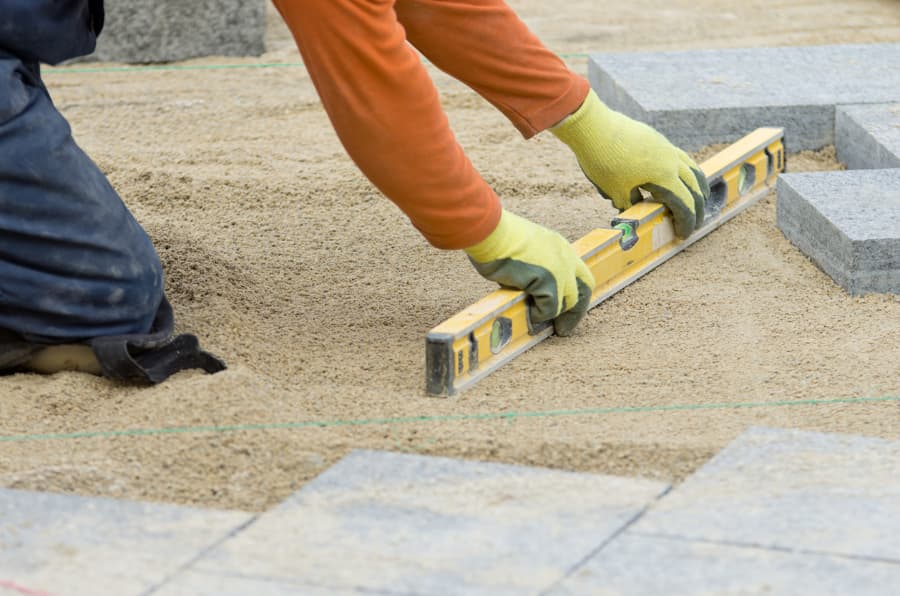
The Importance of Sand in Landscaping
Two of the most overlooked materials when it comes to landscaping are sand and gravel, and yet both components offer various benefits to outdoor arrangements. For example, sand can create the perfect base for various applications or be used to form drainage. A sand and gravel supplier that’s served contractors, landscapers, and DIY homeowners since 1995, Rock Products, Inc. details why sand is essential for many landscaping projects.
Types of Sand Used for Landscaping Purposes
A widespread resource in the United States, sand is naturally produced from quartz and other mineral grains found in beach embankments, flood pains, glacial deposits, and riverbeds. Sand differs in texture and color depending on where it was formed, and these variations allow it to serve diverse landscaping applications. The major types of landscaping sand include:
- Fill sand
- Concrete sand
- Masonry/play sand
- Garden sand
Landscaping Sand Uses
Sand is regularly used in construction because it is durable, porous, and easy to compact. These features also make the material ideal for landscaping. Consider the following uses for each type of landscaping sand.
Fill Sand
Due to its unprocessed and unwashed nature, fill sand often contains some pieces of clay. Therefore, thicker fill sand is typically placed under concrete structures, foundations, and around underground services like conduits and pipes. You can also utilize fill sand in the spaces between pavers on patios or walkways for stability. It will keep the pavers from breaking or moving for greater longevity.
Concrete Sand
Coarse with minor aggregate, concrete sand is utilized in cement mixtures and as joint filling substances for paving stones. It may also be used for soil aeration or as a sidewalk spread in winter. For landscaping projects, concrete sand creates edging, outdoor seating, walkways, and more.
Masonry/Play Sand
This tan-colored sand gets its name from a fine-grain and screened nature that makes it ideal for playgrounds. Masonry sand is often used as flooring around outdoor play equipment or sport surfaces. It is ideal for high-traffic areas as it does not track onto nearby landscaping, allowing you to keep a neat outdoor arrangement overall. You can also use play sand for paving sidewalk blocks, paving sands, retaining walls, or with cement and stucco.
Garden Sand
Similar to concrete sand, garden sand has a coarse texture but also contains some smaller pieces. It’s normally used for soil aeration, cement mixing, or as an alternative to sidewalk spread for traction during the slick winter season.
Advantages of Using Sand with Landscaping Projects
The versatile qualities of sand make it a favorite material amongst contractors, landscapers, and DIY homeowners, but these aren’t the only benefit it offers. When used to landscape a backyard or garden, sand delivers numerous advantages, including:
- Base structure: Sand forms effective bases that are easier to maintain and more attractive and consistent in appearance than mulch.
- Convenience: Sand has no specific storage stipulations and can be stowed in bulk for contractors or landscapers that need a lot of it.
- Cost: Sand is less expensive than mulch and sod, so you can experiment with it more freely in your landscape.
- Flair: Sand provides a pleasant dimension to the aesthetic of the landscape when lining flowerbeds, ornamental stones, walkways, and more.
Finding Sand and Gravel in West Deptford, New Jersey
When you implement sand into your landscaping, you open up opportunities to enhance the entire project. If you’re looking for sand and gravel in New Jersey, look no further than Rock Products, Inc. We offer a wide selection of landscape materials from leading manufacturers and local sources, and we’re dedicated to getting supplies to you with our freight service through Zeisloft Trucking LLC. Contact us today for more information about sand and gravel.

